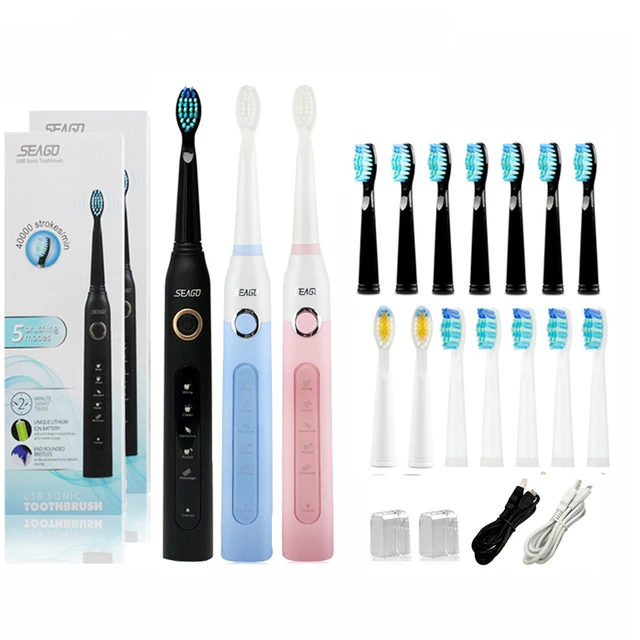Introduction:
Choosing the right toothbrush involves considering various features, benefits, and, importantly, the cost. Toothbrushes range from simple, manually operated models to high-tech electric versions with advanced functionalities. This comprehensive guide dives into the price differences between manual and electric toothbrushes, evaluates key factors influencing their cost, and provides insights to help you make an informed choice.
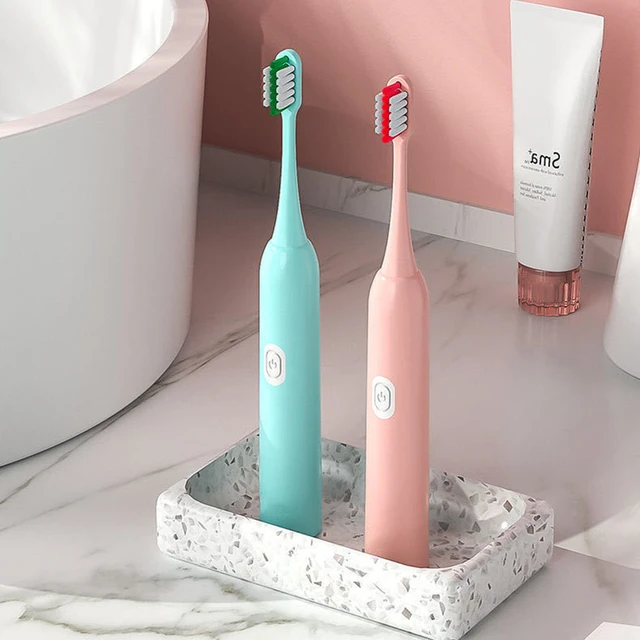
Which Toothbrush Is More Expensive Than the Other?
Understanding the Types of Toothbrushes
Before comparing prices, it’s essential to understand the different types of toothbrushes available.
Manual Toothbrushes: Manual toothbrushes are the traditional option. They require you to brush manually, without any powered assistance. They come in various shapes, sizes, and bristle types.
Electric Toothbrushes: Electric toothbrushes are powered, typically by batteries or a rechargeable base, and provide automatic brushing motions. They offer features such as oscillating, rotating, or sonic vibrations to enhance cleaning efficiency.
Key Factors Influencing the Cost of Toothbrushes
Several factors influence the price of both manual and electric toothbrushes, contributing to the wide range of options available.
Design and Materials: High-quality materials and ergonomic designs can increase the cost of a toothbrush. For example, toothbrushes with soft, high-density bristles and comfortable handles typically cost more.
Technology and Features: Electric toothbrushes with advanced features like multiple brushing modes, timers, pressure sensors, and Bluetooth connectivity significantly increase in price compared to basic models.
Brand and Reputation: Reputable brands with a history of producing high-quality oral care products often charge premium prices. Brands known for innovative technologies or endorsed by dental professionals generally cost more.
Replacement Costs: For electric toothbrushes, the cost of replacement brush heads adds to the overall expense. High-end models may require proprietary heads that are more expensive than generic options.
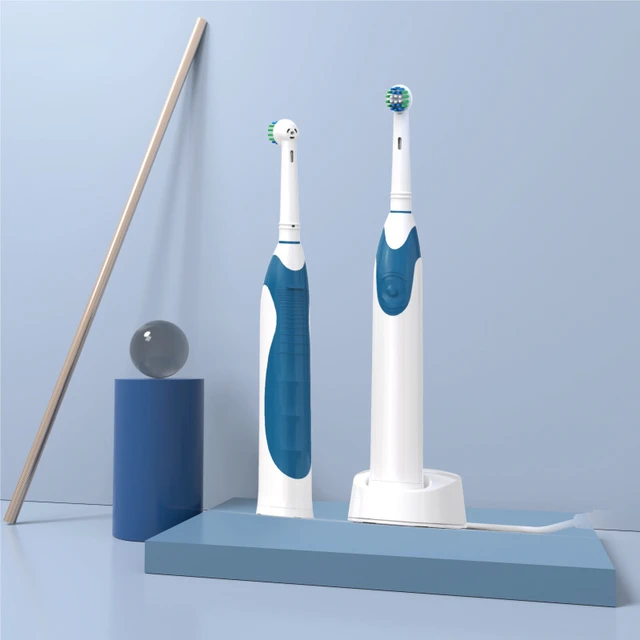
Manual vs. Electric Toothbrushes: Price Comparison
Manual Toothbrushes: Affordable and Accessible
Standard Models: Basic manual toothbrushes can range from $1 to $5, making them highly accessible and affordable. They typically feature standard bristles and simple plastic handles.
Mid-Range Options: Manual toothbrushes with ergonomic designs, specialized bristles, or built-in tongue cleaners can cost between $5 and $10. These models offer better comfort and cleaning capabilities.
Premium Models: High-end manual toothbrushes may cost between $10 and $25. These toothbrushes often feature premium materials, innovative bristle designs, and come from reputable brands.
Electric Toothbrushes: Advanced Technology at a Higher Cost
Entry-Level Models: Basic electric toothbrushes start around $20 to $50. These models offer fundamental features such as simple oscillating or rotating movements and basic timers.
Mid-Range Options: Electric toothbrushes in the $50 to $150 range typically offer more advanced features, such as multiple brushing modes, pressure sensors, and longer battery life. They provide better performance and more customization options.
High-End Models: Premium electric toothbrushes can cost between $150 and $300 or more. These models feature cutting-edge technology, including smart sensors, Bluetooth connectivity, advanced timers, and superior battery performance.
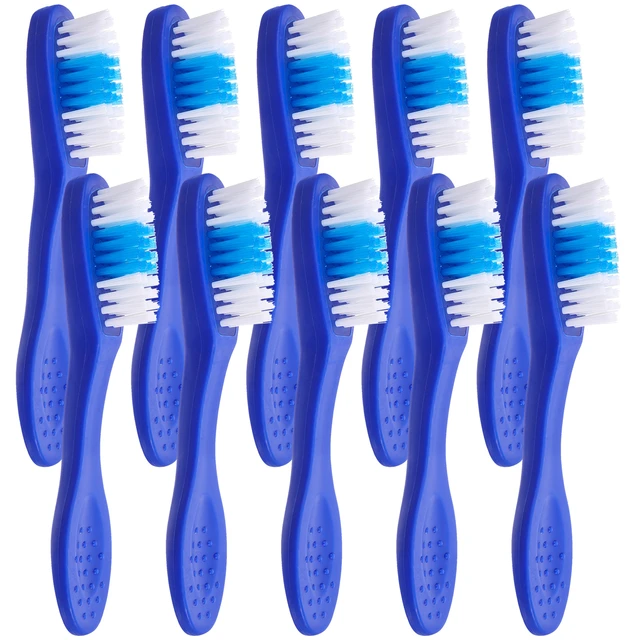
Comparing Cost-Effectiveness and Longevity
When evaluating cost, it’s also crucial to consider the cost-effectiveness and longevity of toothbrushes.
Manual Toothbrushes: Manual toothbrushes are inexpensive upfront but require replacement every three to four months, as recommended by dental professionals. While individually inexpensive, the cost can add up over time if you constantly repurchase new brushes.
Electric Toothbrushes: Electric toothbrushes have a higher initial cost, but they are designed to last for several years. The ongoing expense is primarily for replacement brush heads, which typically need to be replaced every three months. While more expensive initially, electric toothbrushes can be more cost-effective in the long term, depending on usage and maintenance.
Assessing the Value and Benefits of Higher-Priced Toothbrushes
Higher-priced toothbrushes often come with additional benefits and features that justify their increased cost.
Superior Cleaning Efficiency: Electric toothbrushes, especially high-end models, offer superior cleaning efficiency compared to manual toothbrushes. Features like oscillating, rotating, or sonic technology help remove more plaque and ensure thorough cleaning.
Enhanced Oral Health Features: Advanced features such as pressure sensors help prevent over-brushing, which can cause gum damage. Timers ensure you brush for the recommended two minutes, while multiple brushing modes allow customization based on specific needs, such as sensitive teeth or gum health.
Convenience and User Experience: Premium electric toothbrushes enhance the user experience with features like long battery life, easy-to-use charging docks, travel cases, and app connectivity for tracking oral health metrics.
Professional Recommendations: Many dental professionals recommend electric toothbrushes for their overall effectiveness in maintaining oral health. Investing in a higher-priced model can provide long-term benefits and potentially reduce dental costs associated with poor oral hygiene.
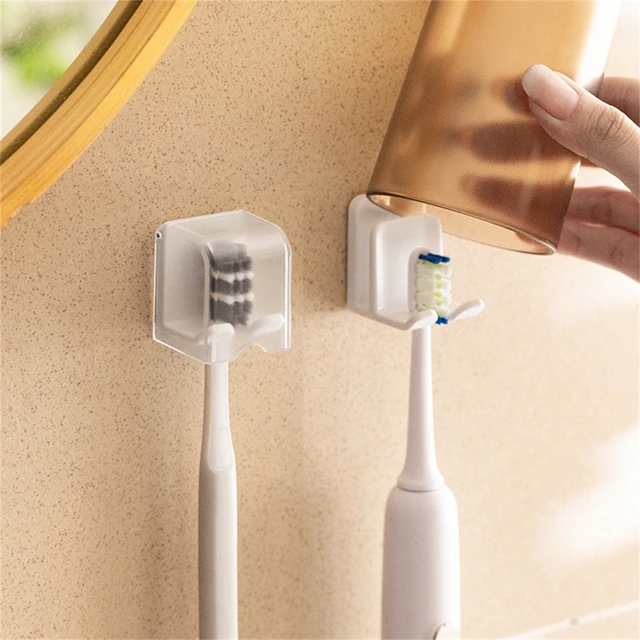
User Insights and Experiences
Gaining insights from users’ experiences with various toothbrush types and price points can offer valuable perspectives.
Positive Feedback on Electric Toothbrushes: Users often praise higher-end electric toothbrushes for their effectiveness in cleaning and polishing teeth. The advanced features and thorough cleaning capabilities significantly improve oral hygiene.
Manual Toothbrush Preferences: Some users prefer manual toothbrushes due to their simplicity and affordability. Many appreciate the control and tactile feedback that manual brushing provides, which can be tailored to personal brushing habits.
Cost Considerations: Users frequently highlight the initial cost of electric toothbrushes as a consideration but acknowledge the long-term benefits and cost savings from improved oral health. The recurring expense of replacement brush heads is often noted but accepted as part of the investment.
Professional Endorsements: Users value recommendations from dental professionals, particularly when investing in higher-priced toothbrushes. Many feel more confident in their purchase when it is endorsed by their dentist or supported by clinical studies.
Daily Maintenance and Replacement Insights
Implementing proper maintenance and replacement practices can enhance the longevity and effectiveness of your toothbrush.
Manual Toothbrush Maintenance: Keep your manual toothbrush clean by rinsing it thoroughly after use and allowing it to air dry. Store it upright and avoid enclosed containers that can harbor bacteria. Replace your manual toothbrush every three to four months or sooner if bristles become frayed.
Electric Toothbrush Maintenance: For electric toothbrushes, ensure the brush head is cleaned and dried after each use. Periodically clean the handle and charging base to prevent buildup of toothpaste and water residue. Replace brush heads every three months as recommended.
Tracking Usage: Use built-in timers or external reminders to ensure you brush for the optimal two minutes, twice daily. Regularly check for wear and tear and replace components as needed to maintain optimal performance.
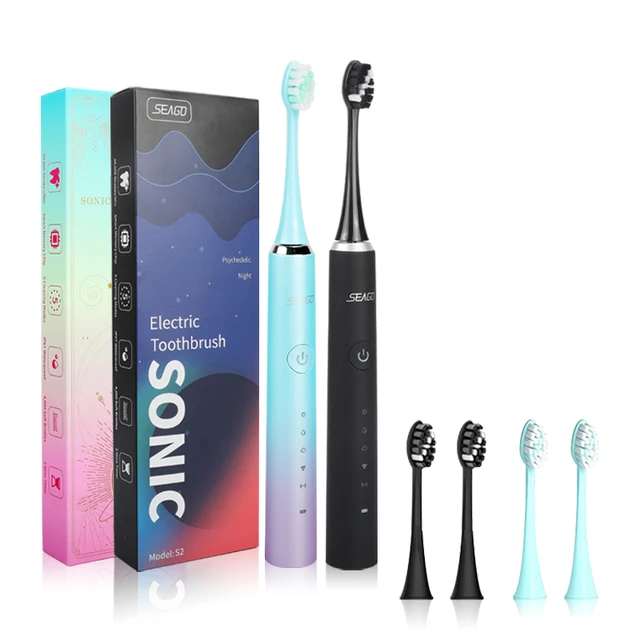
Comparing Costs of Replacement Components
Understanding the ongoing costs of replacement components gives you a clearer picture of the long-term investment.
Manual Toothbrushes: Replacement for manual toothbrushes involves repurchasing an entire new brush, costing between $1 and $25 depending on preference.
Electric Toothbrushes: Electric toothbrushes require periodic replacement of brush heads. Replacement costs vary by brand and model, typically ranging from $5 to $15 per head. Some brands offer subscription services for automated deliveries, providing convenience and ensuring regular replacement.
Evaluating Subscription Services and Bundles
Subscription services and bundled offers can provide cost advantages and convenience for both manual and electric toothbrushes.
Subscription Services: Many companies, especially those specializing in electric toothbrushes, offer subscription services to deliver replacement brush heads automatically at recommended intervals. These services often come with discounts, making it easier to maintain proper oral hygiene without the hassle of manual reordering.
Bundled Offers: Purchasing toothbrush bundles, which may include extra brush heads, travel cases, or additional accessories, can provide cost savings. Evaluate bundle options for their overall value compared to purchasing items separately.
Conclusion
Deciding which toothbrush is more expensive involves evaluating the upfront cost, long-term expenses, features, and overall value. Manual toothbrushes are generally more affordable initially but require frequent replacements. Electric toothbrushes, while pricier upfront, offer advanced features, better cleaning efficiency, and long-term value through improved oral health. User insights, professional recommendations, and daily maintenance practices also play crucial roles in making an informed choice. Whether you opt for a manual or electric toothbrush, understanding the costs, benefits, and maintenance requirements ensures you invest in the best option for your oral health needs. By considering factors such as replacement costs, subscription services, and environmental impact, you can make a well-rounded decision that balances cost and functionality.

